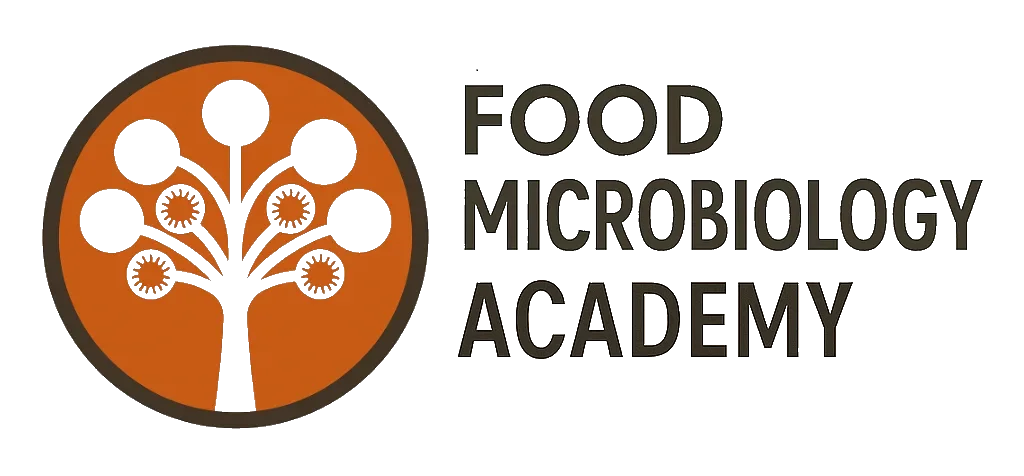Effectiveness of hand washing
Did you wash your hands today? For example, after using the toilet or before eating? I’m sure you did, yeah? Now, do you actually know why you washed your hands? Why is it important to have clean hands? Sometimes we do certain actions, which are second nature to us, without necessary thinking why – we know it is important, or so the “experts” say, but we may not know why. Well, in this case, we wash our hands to eliminate any pathogenic (disease-causing) microorganisms that may be present, which is a high probability after using the toilet and to reduce the possibility of foodborne disease, we wash again before eating. The humble act of hand-washing to ensure clean hands is still one of the most effective acts of personal hygiene, as it was when Joseph Lister suggested the importance of clean hands during surgery, in his ground-breaking work carried out in a Glasgow hospital in the 1860s. While clean hands and the importance of personal hygiene is commonplace today and generally understood, it of course wasn’t always like this. For much of history, the world held to the Miasma theory of disease (Figure 1). This arose around 250 and was the only school of thought for the transmission of infectious disease for much of history. The Miasma theory of disease is based on the idea that bad air, foul smells, stenches and the like, cause disease, especially at night. Therefore, hospital wards used to be aired in the middle of the day and in some places, people would be wary of venturing out at night and would stay indoors with all windows closed. In the mid-1500s, the first suggestion that particular entities, what we now know as microorganisms, may cause disease was postulated. However, the first compelling evidence for this germ theory of disease came over three centuries later, with the above-mentioned work in Glasgow of Joseph Lister (Figure 2). Lister read of the pioneering work of French microbiologist and chemist, Louis Pasteur (inventor of pasteurisation – one of the most common heat processing methods for all kinds of foods), and decided to try some of the ideas Pasteur put forward. One was the use of a chemical antiseptic, in this case phenol, in the surgical wards and on the hands of surgeons and other staff to ensure clean (disinfected) hands. The results were astounding – there was a dramatic decrease in the incidence of infections and death in the hospital wards where the tests were carried out. This work was a turning point in hygiene and the use of antiseptics and was published in a series of papers in the reputable medical journal – The Lancet. The year was 1869. This convincing evidence for the benefits of clean hands spread first to France and Germany and then throughout Europe. Thus, in the 1870s, Europe had accepted this germ theory of disease as the means for the spread of infection and therefore, accepted also, the idea that disinfecting hands could stop infectious disease transmission. However, across the Atlantic, it was a different story – the Americans were steadfast in their belief for the Miasma theory, that bad air caused disease. This was all to change in the 1880s however. In early July of 1881, James Garfield (Figure 3), 20th President of the United States was about to set off on his summer holiday, by train, from Washington, D.C.. He was to travel to the New England region, and was set to deliver a talk at his alma mater, Williams College in Williamstown, MA. All went horribly wrong when he arrived at the station – as he was walking through the station waiting room, he was gunned down from behind. As bad as this was, the events that unfolded immediately after the shooting and until his death were worse. The President collapsed to the floor, and the first medical staff on hand had only one objective – to find the bullet. Thus, they set to work on trying to locate it, but the main problem was, they were ignorant to the germ theory of disease and had no regard for personal hygiene. Therefore, they probed the President’s wound with their bare, non-disinfected fingers and non-sterile instruments – one physician even put his whole hand into the President’s wound, right up to his wrist! Over the next two and a half months or so of the President’s apparent convalescence, around 12-15 doctors poked and prodded and probed the President’s wounds, each and every time with non-sterile instruments and/or unclean hands. This, no doubt, introduced untold numbers of microorganisms into the wound and slowly, infection after infection took hold. Eventually, in the third week of September, the President’s ultimate demise took place, when he died at a seaside hamlet. Thus, there is no doubt that the would-be assassin did shoot President Garfield, however, the shooting did not kill him. The actions of the medical team and their ignorance of the germ theory of disease and therefore their inability to wash their hands were the actions that killed the President. The death of James Garfield in 1881, the 20th President of the United States, is one of the biggest medical blunders of all time and remains one of the most significant incidents of medical malpractice in history. Hand-washing, which gives clean hands, can prevent the spread of infectious microorganisms and thus can eliminate the spread of infectious disease. It is a simple, quick action (Figure 4) that has significant benefits. Please wash your hands after using the toilet, before eating and be particularly strict with hand-washing during food preparation. Your life and the life of your loved ones could depend on it.



